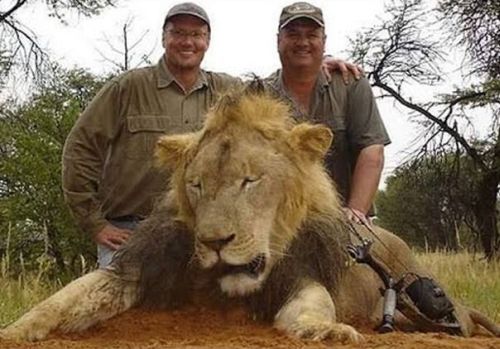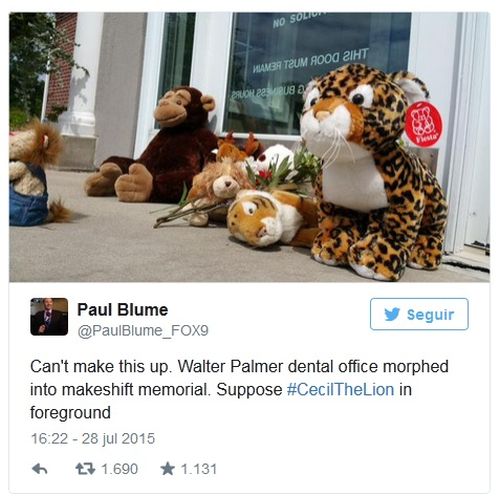The death of Zimbabwe’s most famous feline has arisen media debates concerning animal life. People in social networks express indignation over hunting for fun practice.
The fact that a lion has been killed by some hunter addicted to ambushes and safaris might seem a very common thing in Africa, a continent which Western media sell as a huge prairie to the south of Europe for First World people to show how reckless they are.
But it was Cecil which was killed, a lion in real life, not in a Disney’s animated film. It was Zimbabwe’s most beloved feline, and, according to international media, the world’s most famous. And it should be the case —don’t ask me why— since this lion lived under special protection and wore a GPS on its collar so that the authorities of Hwange natural reserve could always know about its whereabouts.
But, despite all the care, they lost the lion. On July 1st, Cecil was hunted with an arrow, and later on skinned and beheaded in an act of barbarism only comparable with depredation by wild animals, including lions’, or with certain “executions” of the Islamic State.
Since then, the media have exacerbated the natural ghoulishness of the story with different details, including the confirmation that Cecil’s killer is an American dentist, named Walter James Palmer, who paid 50 000 dollars for a hunting trip which he considered legal. He’s been strongly criticized both in Twitter and Facebook, and was forced to close his clinic and his promotions in Internet. The outside of the medical building has been turned into sort of memorial where people place flowers and wild animal toys.
According to Palmer, it was not until the lion was killed that he was aware of the magnitude of what was coming next. He gave his version of the story in a letter he wrote to his patients, which has been also reproduced in social networks.
Read here the full text of the letter that Walter Palmer wrote to his patients.
 Escambray ENGLISH EDITION
Escambray ENGLISH EDITION











Escambray reserves the right to publish comments.